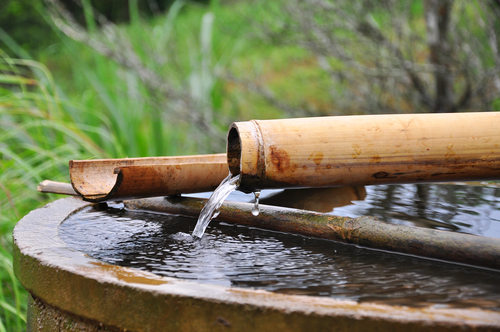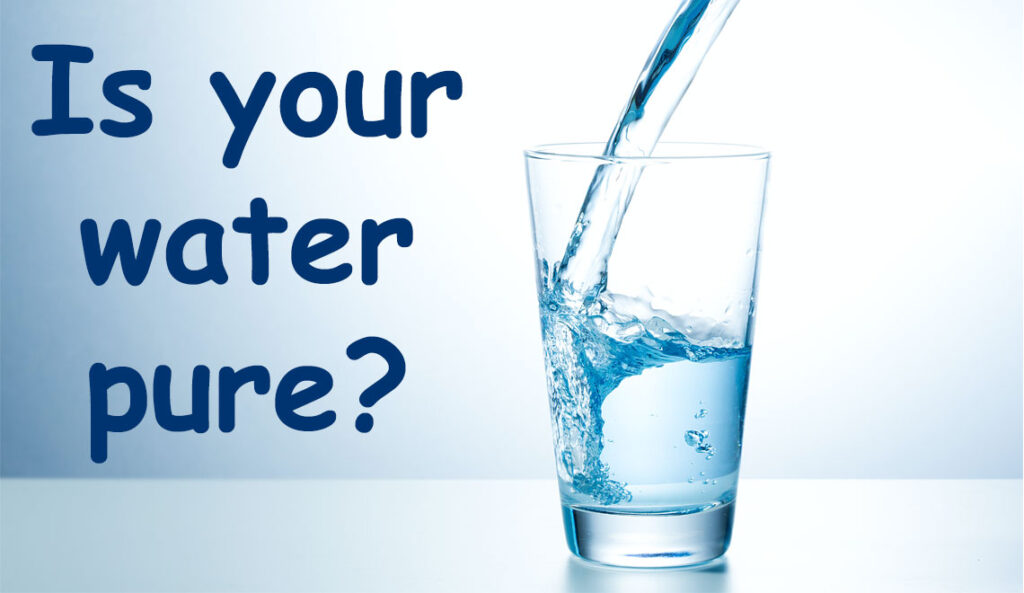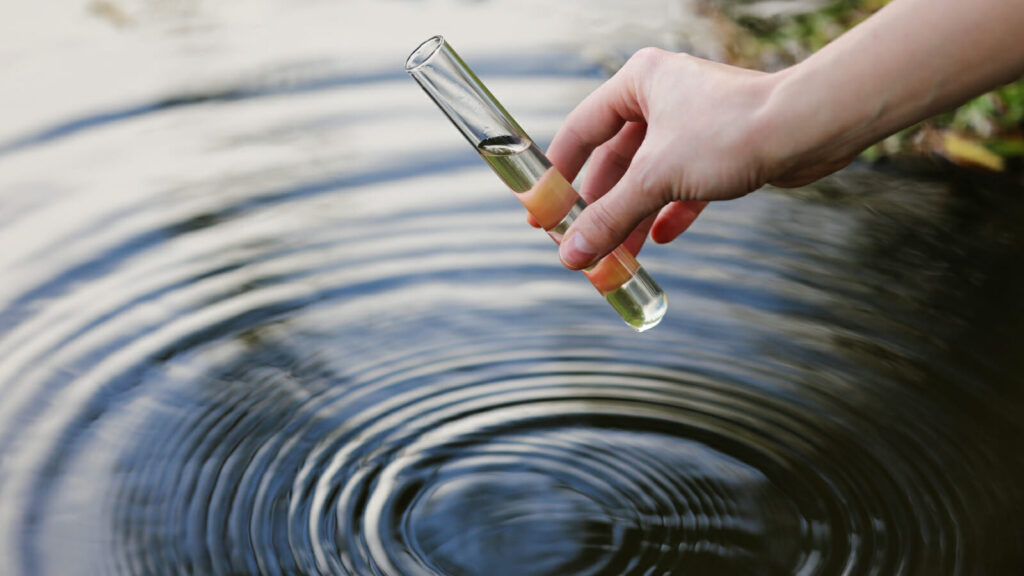
Water quality testing serves as a vital tool in upholding the safety and purity of stored water. Across residential, commercial, and industrial settings, regular testing is imperative for identifying contaminants, assessing risks, and preserving public health. Here’s why water quality testing is indispensable for stored water and the benefits it provides.
Importance of water quality testing:
Detection of Contaminants:
While water may appear clear, it can harbour various unseen contaminants, including bacteria, viruses, heavy metals, and chemicals. In Boulder, water quality testing is meticulous, employing specialized kits and devices for bacteriological analysis. Various methods ensure thorough examination, from chemical to microbiological approaches, ensuring compliance with regulations and safeguarding public health.
Compliance with Regulations:
Regulatory bodies establish stringent standards for water quality to safeguard public health. Routine testing ensures compliance with these regulations, helping to prevent illnesses and legal repercussions stemming from contamination. Whether for household tanks or large-scale reservoirs, adherence to standards is crucial for ensuring the legality and safety of stored water.
Prevention of Health Risks:
Contaminated water poses significant health risks, ranging from gastrointestinal issues to long-term health effects. Regular testing helps to identify potential hazards early, allowing prompt action to mitigate risks and protect consumers’ health.

Monitoring Treatment Systems:
For facilities with water treatment systems, regular testing is vital for assessing treatment effectiveness. Monitoring parameters like pH, chlorine levels, and microbial counts helps identify deviations from optimal conditions, enabling adjustments to maintain water quality standards.
Assessment of Storage Conditions:
Stored water can degrade due to factors like temperature changes, sunlight exposure, and stagnation. Water quality testing provides insights into water condition, including changes in taste or odour that may indicate contamination. This information allows proactive measures to preserve water quality.
Building Consumer Confidence:
Transparent communication of testing results builds trust among consumers. Providing access to reports demonstrates a commitment to water quality, enhancing confidence in the safety and reliability of stored water, particularly in industries like food and beverage or hospitality.
Environmental Stewardship:
Water quality testing aids in identifying pollution sources and guiding remediation efforts to protect natural water sources. Monitoring stored water quality minimizes environmental impact and promotes sustainable water management practices.

Quick guide to water quality testing:
*Use clean containers to gather water samples from various sources.
*Avoid touching the inside of the container to prevent contamination.
*Collect samples representing different points in the water system.
2. Basic Tests:
*Visual Inspection: Note any changes in colour, clarity, or odour.
*PH Test: Use pH strips to measure acidity/alkalinity (ideal range: 6.5 to 8.5).
*Turbidity Test: Check water clarity (cloudiness may indicate sediment or microbial growth).
3. Chemical Analysis:
*Dissolved Oxygen (DO): Measure DO levels to ensure adequate aeration.
*Total Dissolved Solids (TDS): Determine TDS concentration for taste and mineral contamination.
*Chlorine Residual: Test chlorine levels for proper disinfection.
*Heavy Metals: Conduct lab tests for lead, arsenic, and mercury contamination.

Interpreting results:
1. Compare results with regulatory standards for drinking water quality.
2. Address any deviations promptly and take corrective actions.
3. Seek guidance from water quality experts for complex results.
4. Maintain records for future reference and trend analysis and usage.
5. Consider specific contaminant tests based on local conditions.
6. Monitor changes and adjust management practices accordingly.
Conclusion:
water quality testing is essential for maintaining the safety, purity, and compliance of stored water. By detecting contaminants, preventing health risks, monitoring treatment systems, assessing storage conditions, building consumer trust, and promoting environmental stewardship, routine testing ensures the protection of public health and the preservation of water resources. Investing in comprehensive water quality testing is not only a legal obligation but also a moral responsibility to safeguard human health and the environment.


